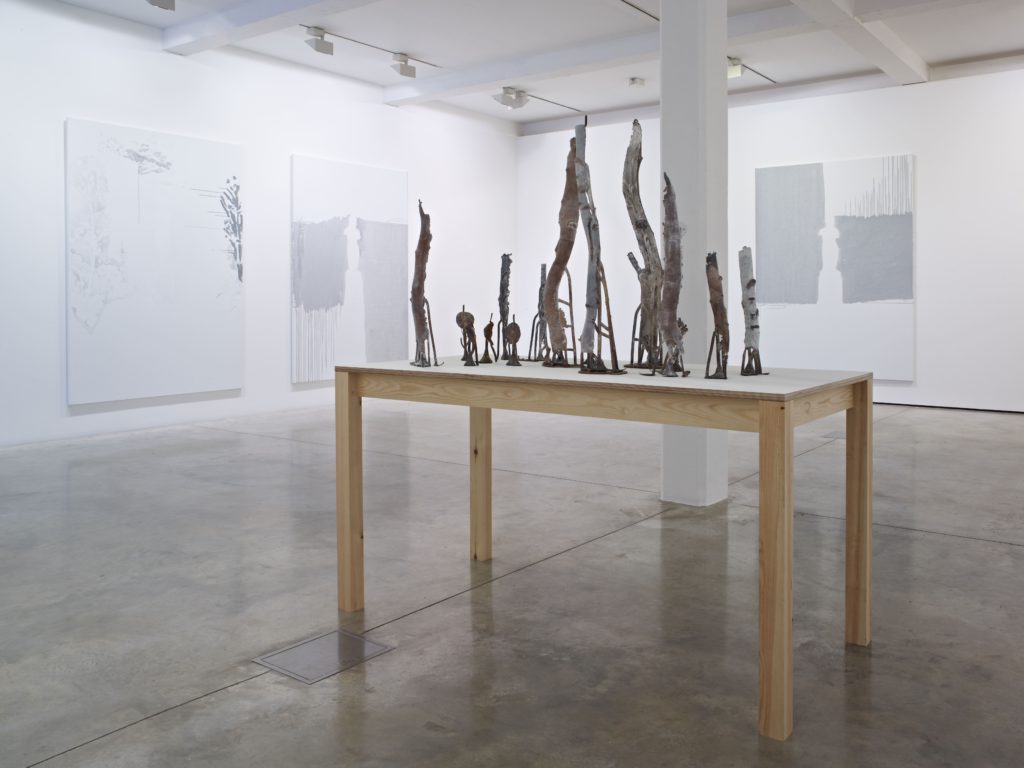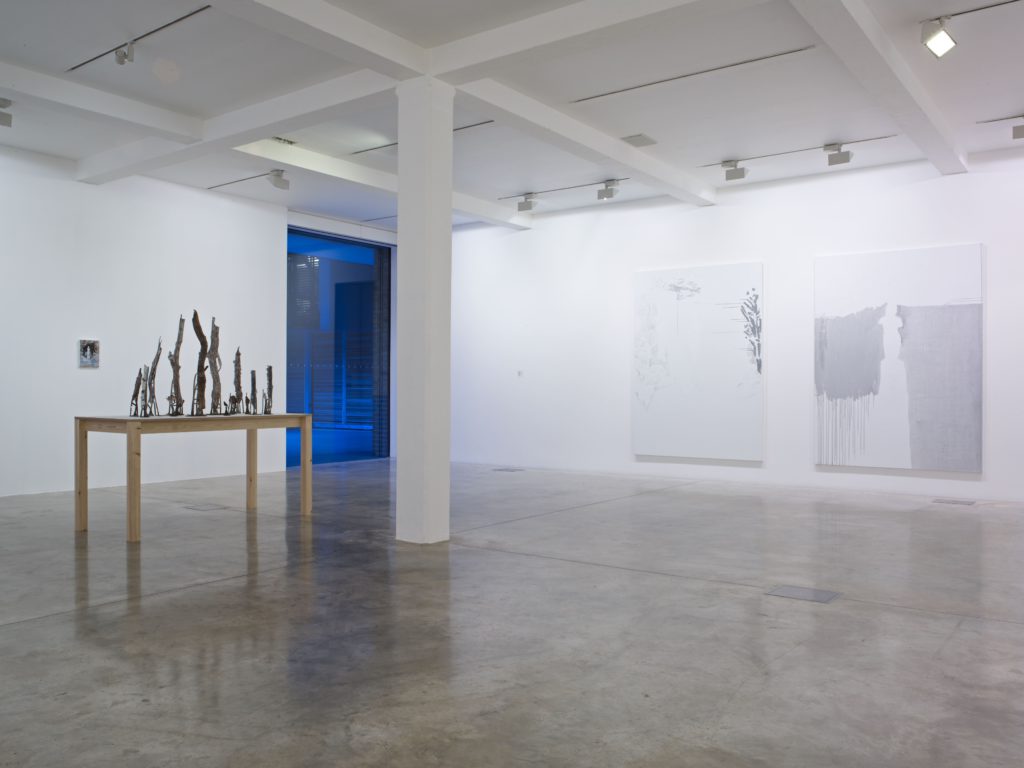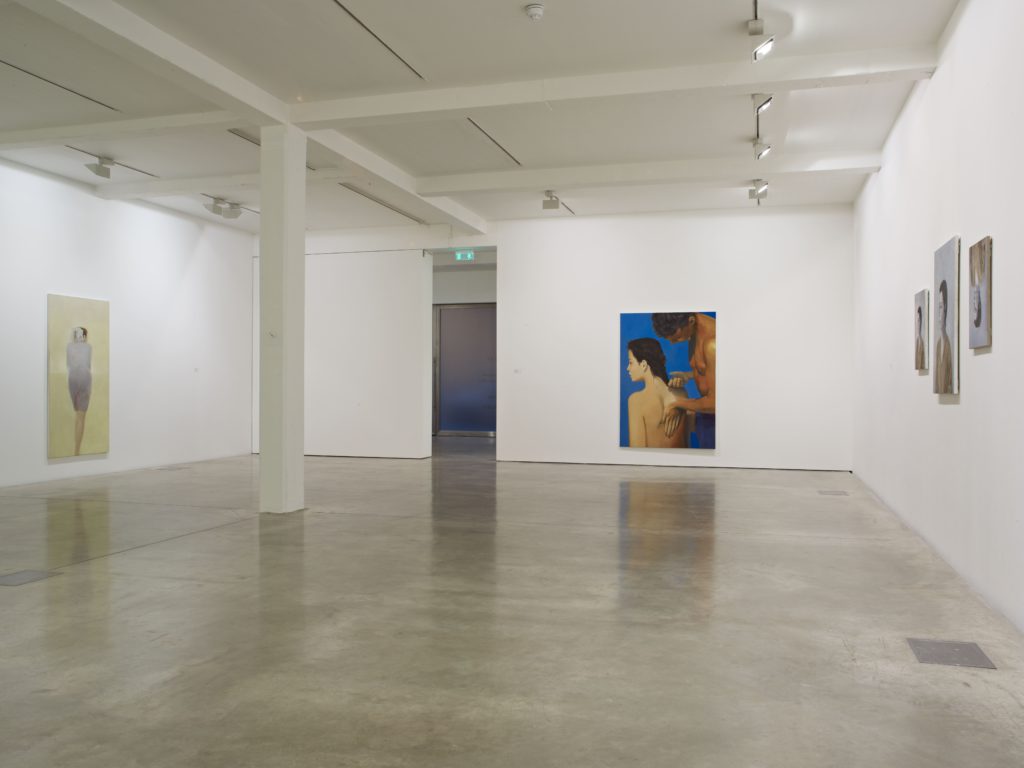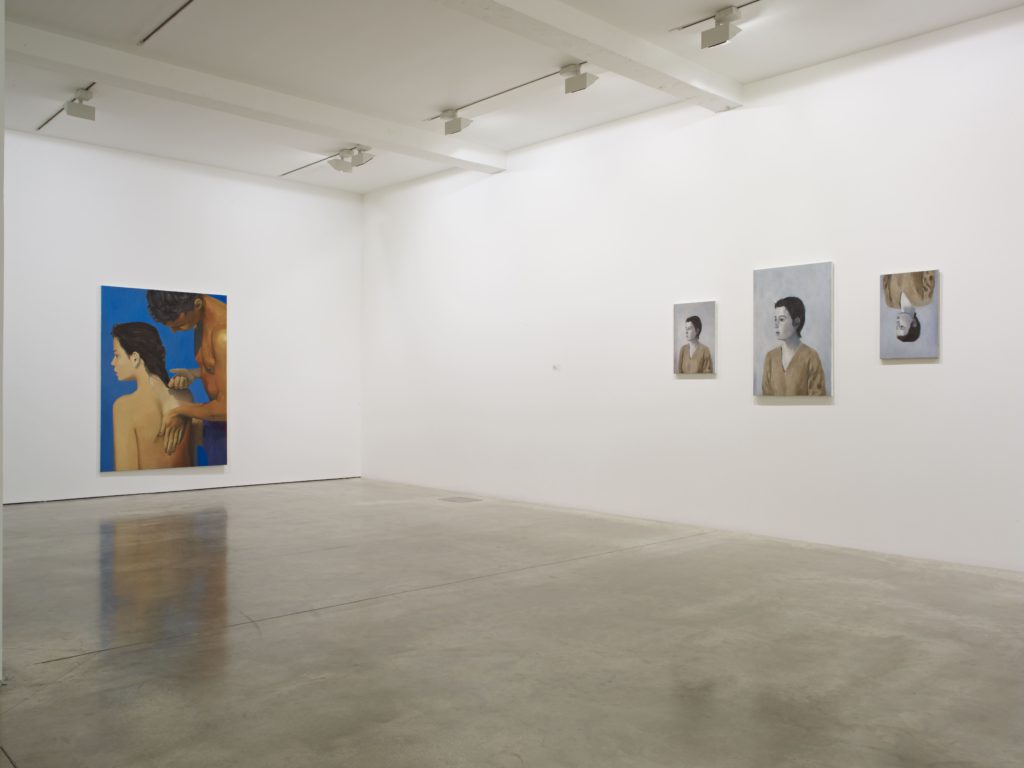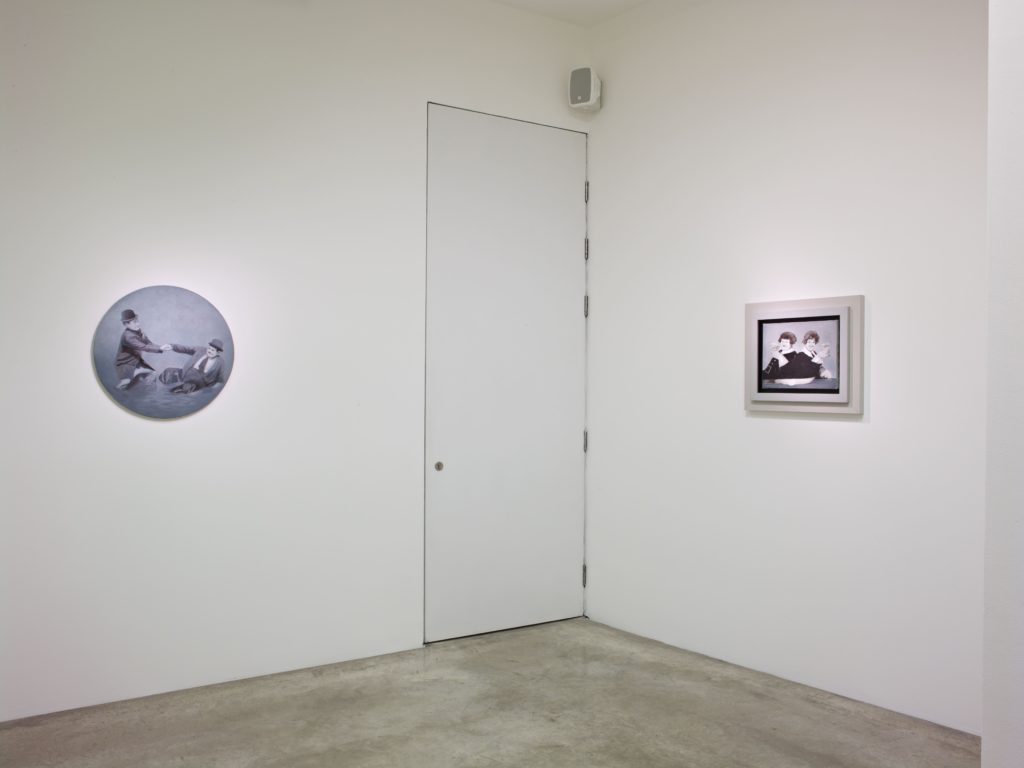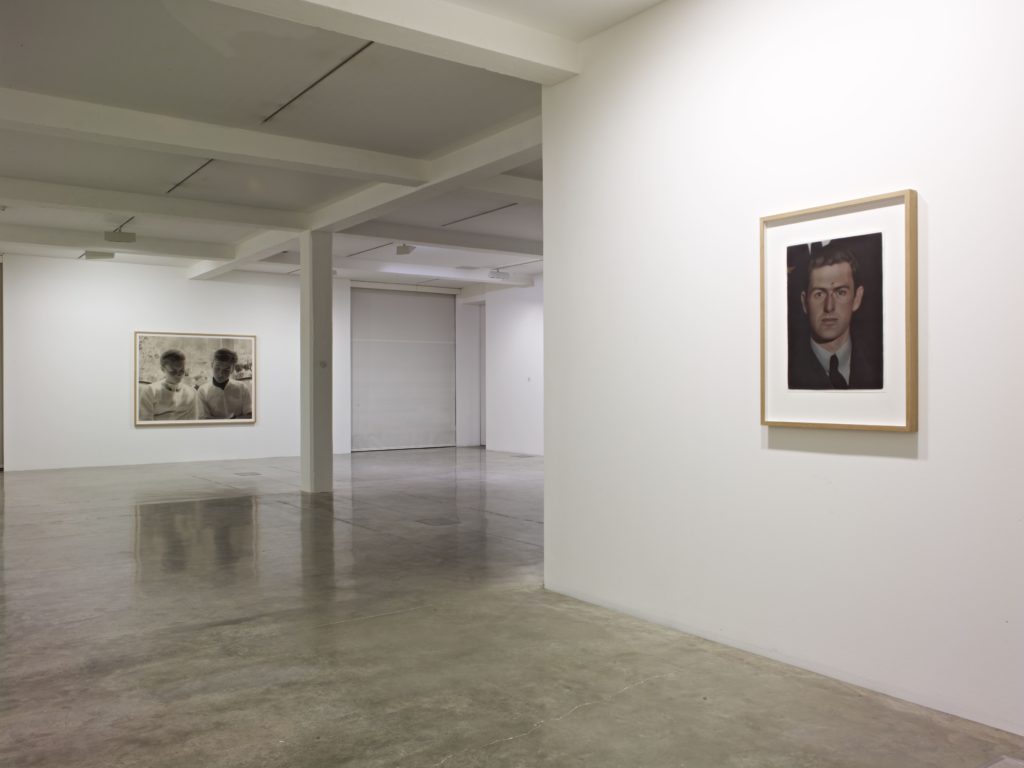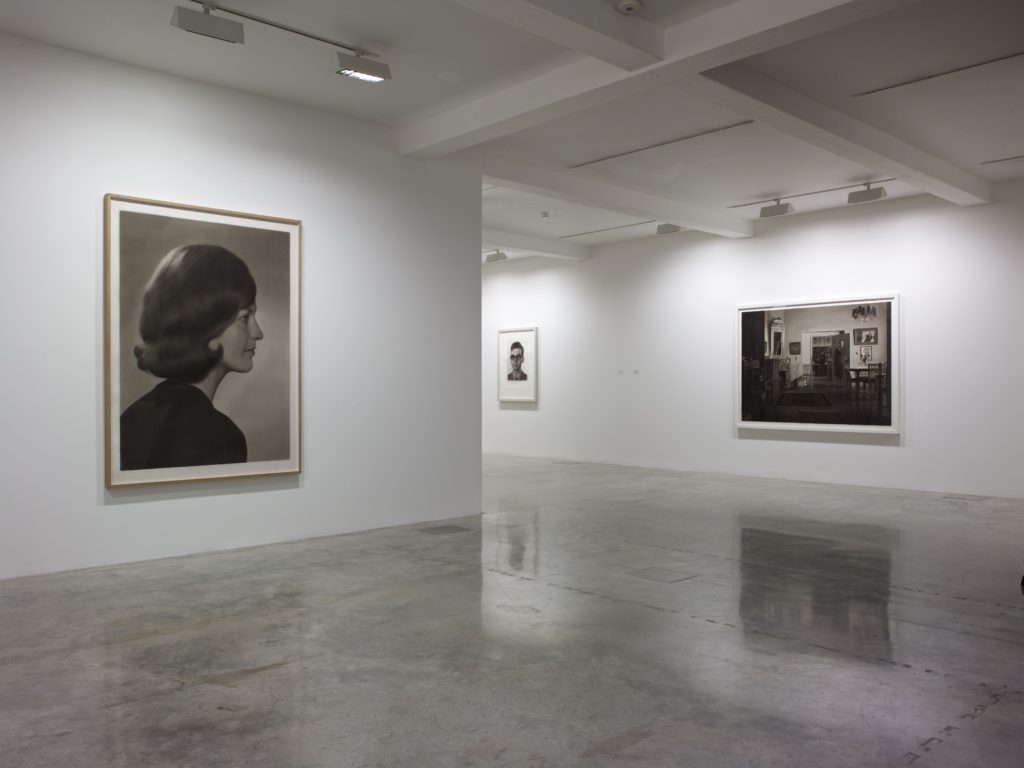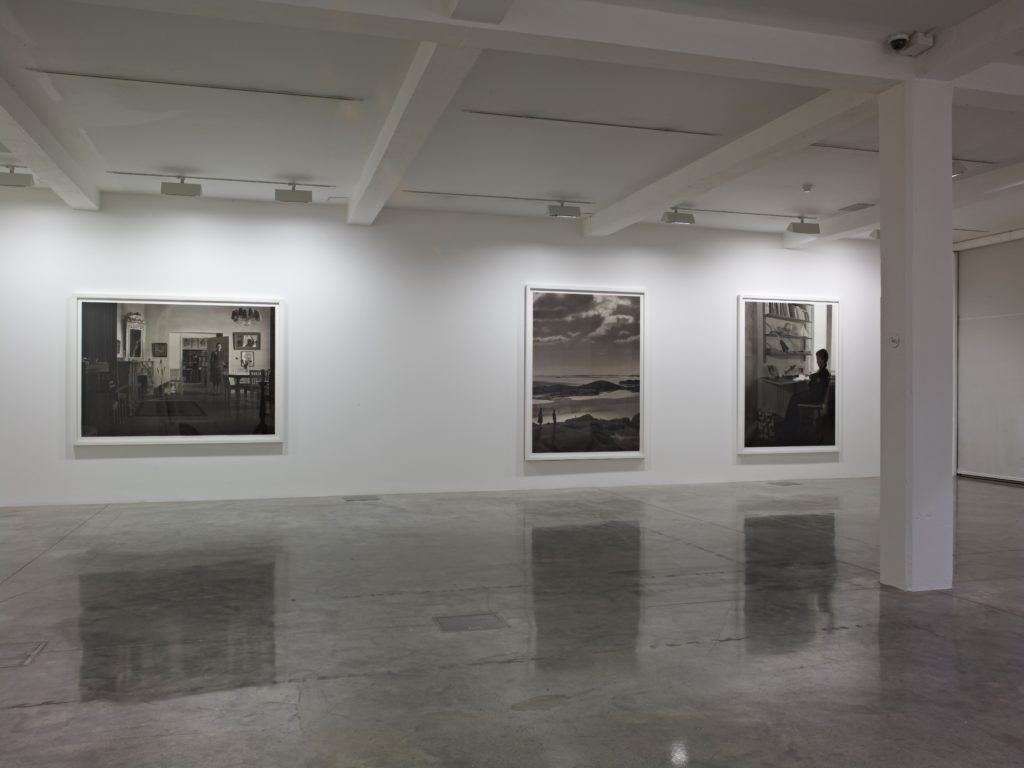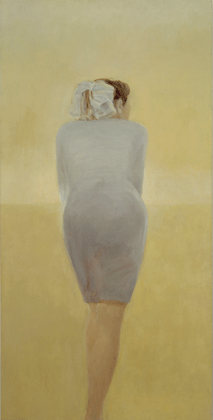
Time and Memory: Cecilia Edefalk & Gunnel Wåhlstrand
23 November 2011 - 12 February 2012
On 22 November 2011, Parasol unit will preview an exhibition dedicated to two contemporary Swedish artists, Cecilia Edefalk and Gunnel Wåhlstrand. Since the late 1980s, Cecilia Edefalk has been one of Sweden’s leading and most sought-after artists both at home in Sweden and abroad. Following Gunnel Wåhlstrand’s acclaimed graduation exhibition at the Royal University College of Fine Arts, Stockholm, in 2003, her work has featured in numerous exhibitions in Europe and overseas.
Cecilia Edefalk’s paintings emerge as a network of repetitions, reproductions and historical memory. Often reflecting her own process-oriented practice, Edefalk’s scenarios carve out haunting exchanges between past and present, in which unexpected connections unfold with sudden clarity. Often painted in series, Edefalk’s paintings allude to and intensify one another. This relational nature of the artist’s work has required the physical installation of her paintings in an exhibition space to become an integral part of her methodology and practice. She uses mirror effects, displays paintings at 90-degree angles and turns canvasses upside-down to establish a carefully choreographed arrangement for viewing. The interaction between the works lends a quality of performance to her exhibitions.
Memory is at the core of Gunnel Wåhlstrand’s work as well. The artist’s photo-realistic black-ink drawings are a deeply private and meticulously reconstructed documentation of her personal history. Having shown a series of large-scale ink drawings that re-created photographs from her father’s early childhood in her 2003 graduation exhibition at the Royal University College of Fine Arts in Stockholm, Wåhlstrand continues to investigate other motifs from her family photograph albums. The precise and demanding work of depicting these documents allows the artist to physically and psychologically approach a personal history that she did not experience, yet is living its consequences. Wåhlstrand’s father died when she was one year old. ‘Mainly, I see photographs as a proof of existence,’ she explains. As photographs these images are not particularly revealing, but as imposing monochromatic drawings they gain a newfound immediacy, importance and haunting resonance.
This exhibition is accompanied by a comprehensive publication.
The exhibition is kindly supported by Barbro Osher Pro Suecia Foundation; Pontus Bonnier, Stockholm; Caroline and Per Landin; The Swedish Embassy


